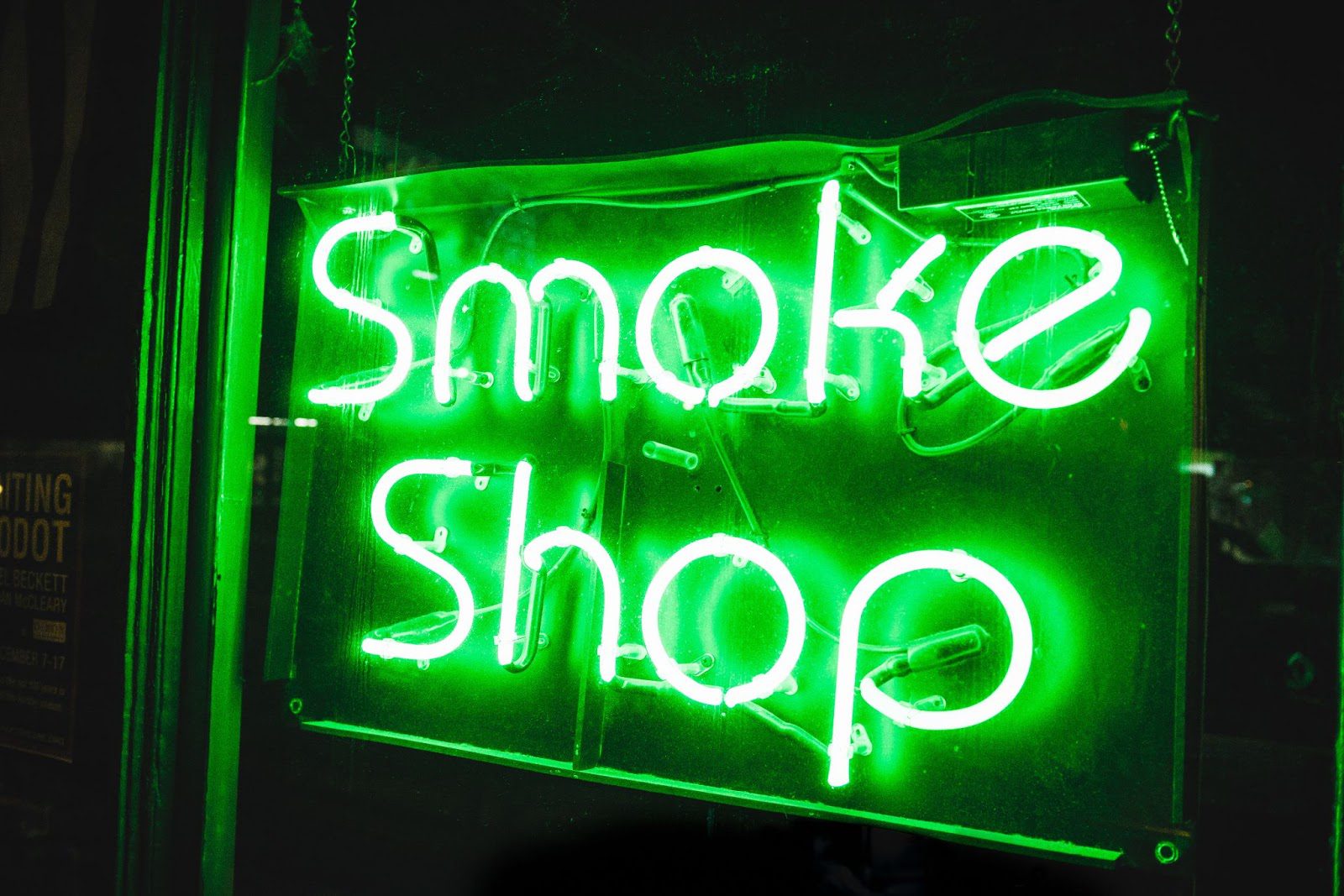Society has not yet progressed to the point where you can pick up a bag of weed at every grocery store. Its scarcity and specificity can make it challenging to determine a reasonable price for a certain amount of weed. Some prices seem astronomically high, even if they’re actually a great deal. Some prices seem too low to pass up, but once you try the weed, you’ll realize that you’d have rather spent twice the amount for something better.
A lot goes into pricing weed. Growers and suppliers want to give their customers the best prices for the best products, just like retailers of anything else. There’s a lot you’ll want to consider when you’re looking at a price tag on an eighth of something fantastic.
What affects the price of weed?
We all carry around little bit of the stigma of weed with us. Even people who know, love, and understand cannabis can sometimes fall into a thought trap of perceiving it as forbidden or clandestine, even though it’s becoming recreationally legal in many states.
It helps to think of weed just like you’d think of any other natural crop. It isn’t much different from apples. There are good apples and bad apples. There are sliced apples, apple sauce, caramel-covered apples, and apple pies. It can be used to create dozens of things, and the price of those things depends on the apples being used and how much work it took to turn them into the final product.
The quality of the weed
Weed grown in a pot of dirt and left to languish in the sun will probably be really cheap. It’s also probably going to be really bad. As more people are beginning to enjoy weed, the standards for quality have risen significantly. People want a plant that’s been deliberately bred for favorable traits, well-tended to, and harvested at the perfect time.
There’s even organic weed. Regular weed can be grown with pesticides, just like any other plant. Organic weed uses natural insecticides and fertilizers to produce a natural crop that’s, well, natural.
The overhead costs associated with growing the weed
Someone has to grow, tend, and harvest the weed. That person doesn’t do it as a hobby; they do it as a career. They’ve learned a lot, and they devote at least 40 hours of their week to creating the weed you will ultimately smoke. The price of your weed includes that person’s salary.
Like any professional, if they’re good at their job, they deserve a higher rate of pay. You’ll be able to tell the difference between an expertly cultivated weed and the shriveled, low potency buds produced by someone who doesn’t really know what they’re doing.
The overhead costs associated with selling the weed
Weed needs water, nutrients, sunlight or a hydroponics system, and a safe growing place. It needs to be harvested, packaged, or turned into a product and sent to a store where you’ll ultimately buy it. The people there have overhead costs. They need to keep the lights on and pay their employees. This also factors into the costs of your weed.
The way the weed has been prepared
Buying pure flower is always cheaper because no additional steps are performed. If you want shatter, a distillate, a vape cartridge, an edible, or a pre-roll, that requires more work and more supplies. Many people don’t mind paying a premium for products prepared with weed. It’s like going out to dinner instead of cooking at home. It’s easier to smoke a joint that’s already rolled or eat a pot brownie that someone else already baked. The convenience can’t be beaten.
Price varies from state to state
There is no centralized weed market, and we’re not at a point where international warehouses are shipping their weed freely to all 50 states. This means you have to buy your weed from the state that you’re in, and you’re subject to local market prices.
Because growers and suppliers in different states aren’t yet competing with growers and suppliers in other parts of the country, they’ll charge what they can get. Weed may be expensive or inexpensive in your state, depending on what competition is like in your local market.
